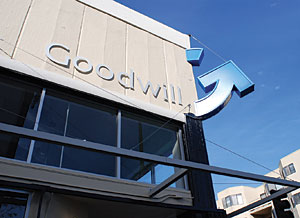How does your firm handle pro bono work?
The architecture profession faces one practical obstacle in making the case that architects bring larger value to the public than simply providing design and construction services. That is, that many individuals and organizations simpy cannot afford to hire an architect, or doing so would create a significant hardship for them. And unlike law and medicine, which have developed strong programs to provide access to legal representation and health care for all members of society, for the most part, architecture is currently structured as a fee-for-service industry.
Victoria Beach, AIA, a former professor of ethics at the Harvard Graduate School of Design and current member of the AIA National Ethics Council, says, “Professional ethics involves skills and situations that are unique to architects as professionals, not just as citizens.” She adds, “Pro bono service is based on the idea that professionals have ‘special knowledge.’ Providing this special knowledge even to people who cannot pay for it is what distinguishes a profession from a mere business.”
She distinguishes professional ethical activities from more general philanthropy with a memorable shorthand of Pro, Joe, and Schmoe. In this hierarchy, refraining from fraud or deceit — not stealing from your client, for example — is a Schmoe activity in that it is discouraged more by the threat of jail time than by a higher professional code of conduct. Painting a Habitat for Humanity house would be a Joe activity, as it does not require professional skills or abilities, but does represents a voluntary contribution that benefits society. Pro activities involve the use of skills and abilities that are unique to our profession.

A trend toward pro bono service
Supporting pro bono work

Post a comment to this article
Report Abusive Comment